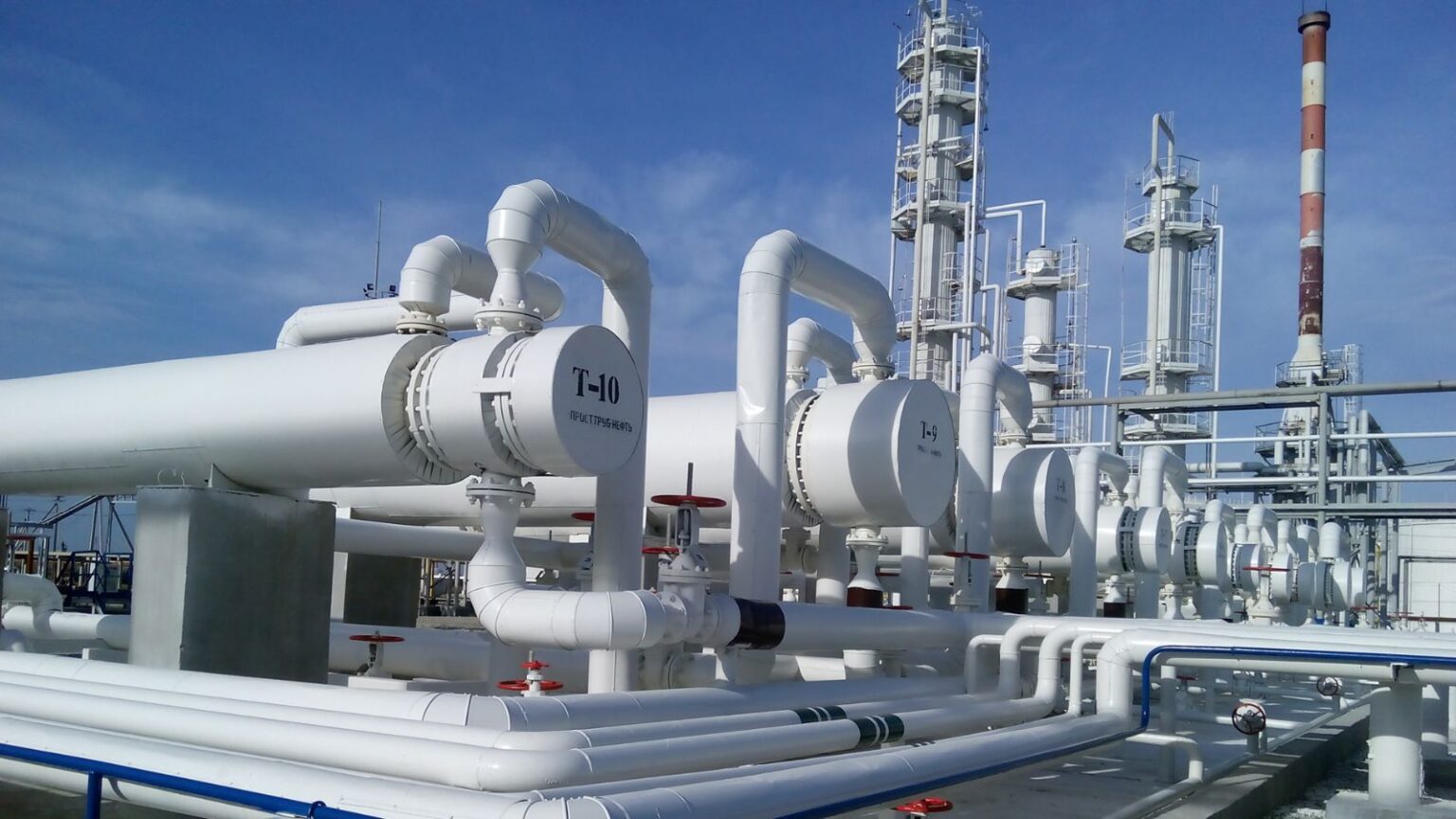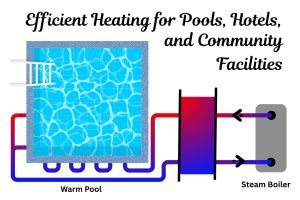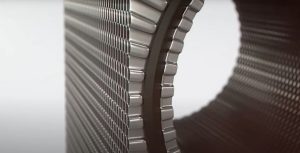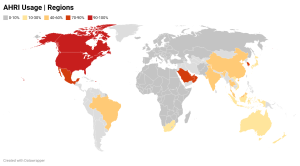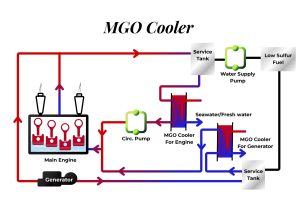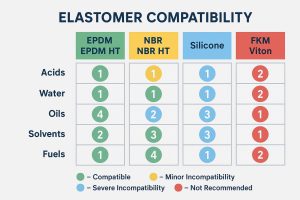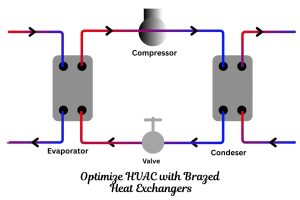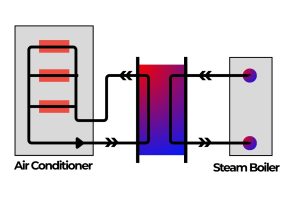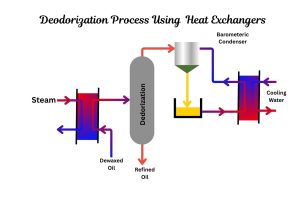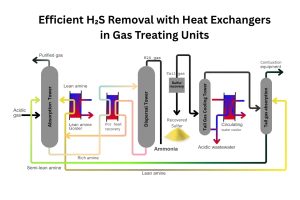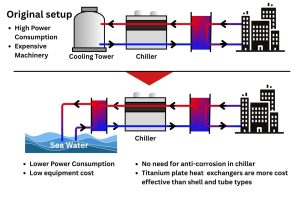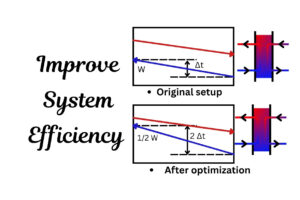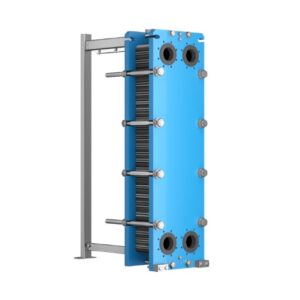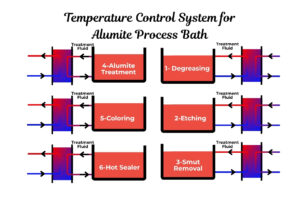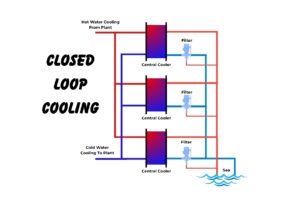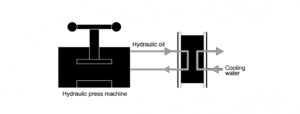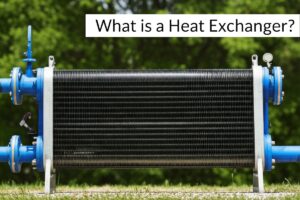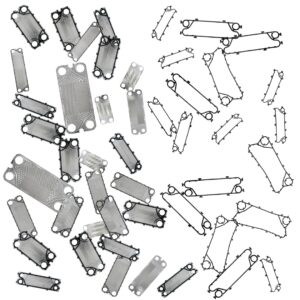What Makes Tranter Heat Exchangers a Top Choice for Cost-Effective Operations?
If you’ve ever wondered how industries keep their processes running smoothly without burning through cash, heat exchangers are often the unsung heroes. Among these, Tranter heat exchangers have stood out for decades. Founded in the 1930s, Tranter pioneered plate heat exchanger technology, creating durable systems that revolutionized how industries manage heating and cooling. Their designs prioritize efficiency, durability, and adaptability—traits that still define their products today. In this article, we’ll explore why Tranter remains a go-to for businesses aiming to cut costs without cutting corners.
How Did Tranter Heat Exchangers Evolve Over Time?
Tranter’s journey began in the heart of Texas, where engineers sought better ways to handle heat transfer in oil refineries. Early models used simple stacked plates, but over time, innovations like gasketed plates and advanced welding techniques transformed their designs. Today, Tranter offers a range of heat exchangers tailored for industries like food processing, chemicals, and energy. Their ability to adapt to harsh conditions while maintaining efficiency has made them a staple in facilities worldwide.
What Are the Different Types of Tranter Heat Exchangers?
Not all heat exchangers are built the same. Tranter’s lineup includes:
1. Gasketed Plate Heat Exchangers
These use layered plates sealed with gaskets to transfer heat between fluids. They’re easy to disassemble for cleaning—perfect for food or pharmaceutical applications where hygiene matters. For help choosing the right model, check out our gasketed plate heat exchanger selection guide.
2. Shell and Tube Heat Exchangers
Built for high-pressure environments, these exchangers use a bundle of tubes inside a shell. They’re common in power plants and refineries where reliability is non-negotiable.
3. Welded and Brazed Plate Models
Ideal for extreme temperatures or corrosive fluids, these lack gaskets, reducing maintenance needs. They’re often used in chemical processing.
Which Tranter Heat Exchanger Is Right for Your Needs?
Picking the right system depends on four factors:
- Application: Are you cooling milk or handling steam? Fluid type matters.
- Pressure & Temperature: Shell and tube models excel in high-pressure settings.
- Maintenance: Gasketed plates are easier to clean but need gasket replacements.
- Space: Compact facilities might prefer plate designs over bulky shell units.
What Are the Most Common Types of Tranter Heat Exchangers?
While Tranter offers specialized models, two dominate the market:
- Gasketed Plate: 70% of industrial setups use these for their flexibility.
- Shell and Tube: Preferred in heavy industries like oil and gas.
Need spare parts for your gasketed unit? Explore our catalog here.
What Are the Top 7 Benefits of Tranter Heat Exchangers?
1. Do They Really Cut Energy Costs?
Absolutely. Tranter’s plate designs maximize surface area, transferring heat 3x faster than traditional models. This efficiency slashes energy use by up to 40%, trimming utility bills.
2. How Do They Reduce Maintenance Downtime?
Gasketed plates can be disassembled in hours, not days. Swap a worn gasket and get back online—no need to shut down entire operations.
3. Can They Handle Tough Environments?
Stainless steel plates and nickel-brazed joints resist corrosion from acids or seawater. One pulp mill reported zero leaks after switching to Tranter in their chlorine dioxide process.
4. Are They Space-Efficient?
Plate exchangers occupy 80% less space than shell and tube units. Perfect for cramped plants.
5. Do They Support Sustainability Goals?
Less energy use means lower carbon footprints. Plus, 95% of materials in Tranter units are recyclable.
6. How Long Do They Last?
With proper care, these exchangers run 20+ years. One dairy plant in Wisconsin still uses its 1998 model daily.
7. Are They Cost-Effective Long-Term?
Higher upfront costs pay off in 2-3 years through energy savings and reduced downtime.
Why Choose Heating Formula for Your Tranter Heat Exchanger Needs?
At Heating Formula, we’ve partnered with Tranter for over 15 years, supplying industries with top-tier gasketed plate and shell and tube heat exchangers. Whether you need a custom solution or routine spare parts, our team ensures you get the right fit—fast. Plus, our selection guide takes the guesswork out of choosing.
Final Thoughts: Are Tranter Heat Exchangers Worth It?
From slashing energy bills to surviving brutal conditions, Tranter heat exchangers deliver unmatched ROI. Pair them with a trusted supplier like Heating Formula, and you’ve got a recipe for hassle-free operations. Ready to upgrade? The right system is just a click away.
